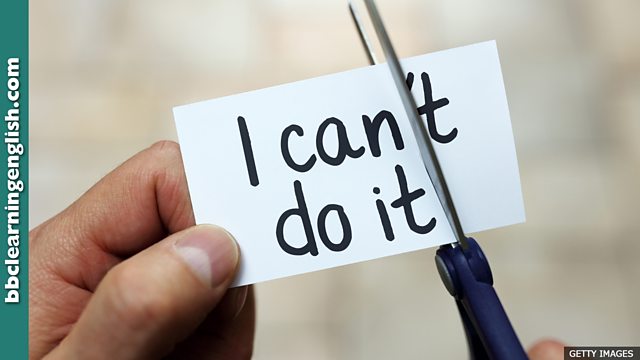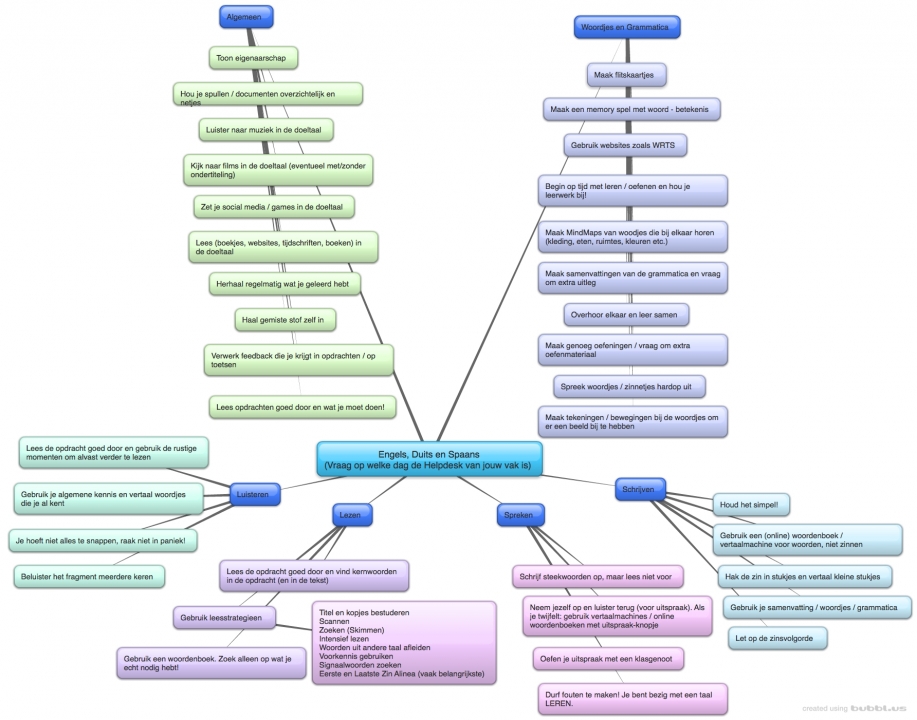Het arrangement Thema 2: Homo Universalis is gemaakt met Wikiwijs van Kennisnet. Wikiwijs is hét onderwijsplatform waar je leermiddelen zoekt, maakt en deelt.
- Auteur
- Laatst gewijzigd
- 2022-06-08 10:21:01
- Licentie
-
Dit lesmateriaal is gepubliceerd onder de Creative Commons Naamsvermelding 3.0 Nederlands licentie. Dit houdt in dat je onder de voorwaarde van naamsvermelding vrij bent om:
- het werk te delen - te kopiëren, te verspreiden en door te geven via elk medium of bestandsformaat
- het werk te bewerken - te remixen, te veranderen en afgeleide werken te maken
- voor alle doeleinden, inclusief commerciële doeleinden.
Meer informatie over de CC Naamsvermelding 3.0 Nederland licentie.
Aanvullende informatie over dit lesmateriaal
Van dit lesmateriaal is de volgende aanvullende informatie beschikbaar:
- Eindgebruiker
- leerling/student
- Moeilijkheidsgraad
- gemiddeld
Bronnen
| Bron | Type |
|---|---|
|
Present Simple https://www.youtube.com/watch?v=QkRIWFwVUzY |
Video |
|
Question Tags https://www.youtube.com/watch?v=gJH_BjioqaE |
Video |
|
Comparatives / trappen van vergelijking https://www.youtube.com/watch?v=13bGQi8ttFg |
Video |
|
Past Simple https://www.youtube.com/watch?v=-kLgfLiChPc |
Video |
|
Relative pronouns / betrekkelijke voornaamwoorden https://www.youtube.com/watch?v=fr_4n3NizjA |
Video |
|
Woordvolgorde https://www.youtube.com/watch?v=ZpzG6JI7-XM |
Video |
|
Voorzetsels https://www.youtube.com/watch?v=Ln87waPSuSQ |
Video |
Gebruikte Wikiwijs Arrangementen
Sectie Engels. (z.d.).
Thema 2 Ontdek je Omgeving










